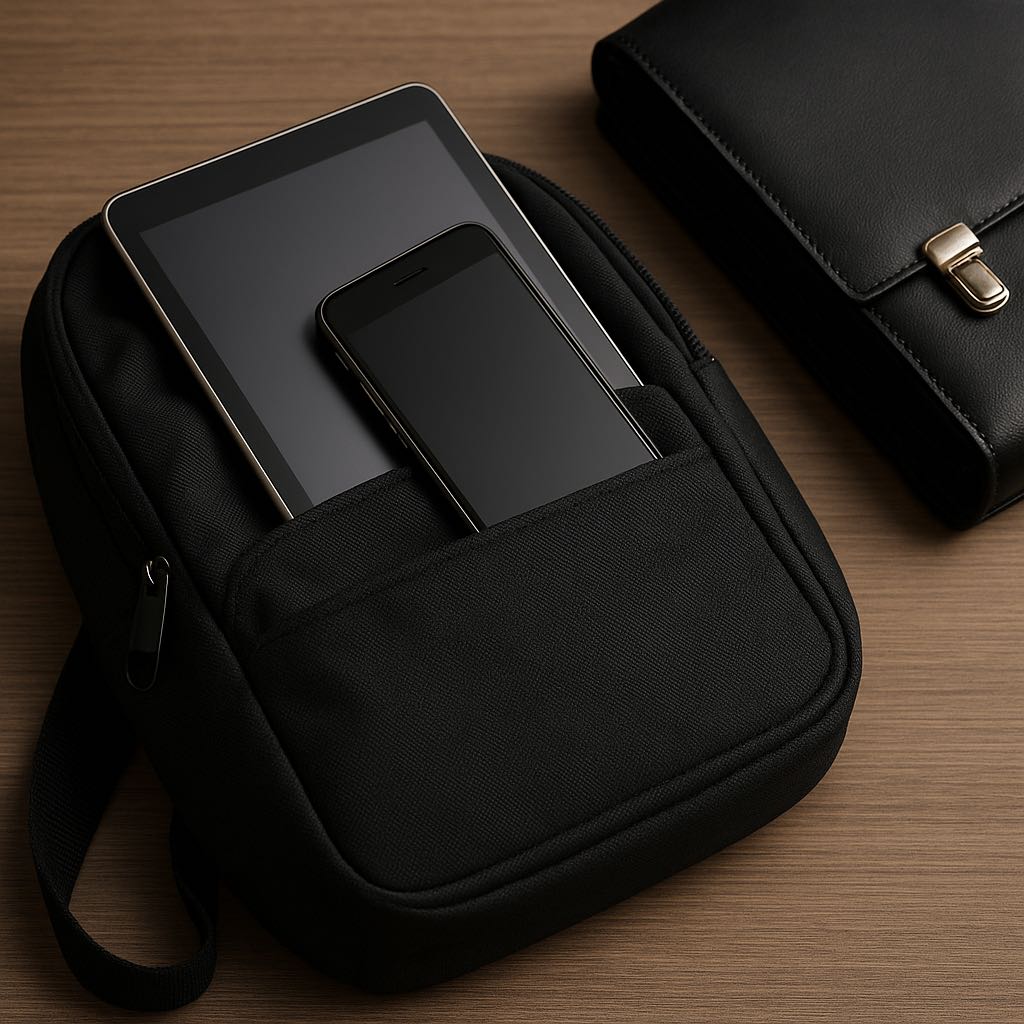When a company suspects data theft or prepares for litigation, the first instinct is often to secure company-issued laptops and maybe the employee’s work email. That’s a smart start, but it’s sometimes not enough.
In today’s environment, valuable data, and the digital trails that prove what happened, are possible found on an employee’s personal smartphone, an old tablet in a desk drawer, or a home computer quietly syncing with work files.
These “forgotten” or personal devices can play a pivotal role in both protecting your business and building (or defending against) a legal case.
Where the Overlooked Evidence Lives
Old Company Phones
Many organizations repurpose devices when someone changes roles or upgrades hardware. But what about the old phone still kicking around someone’s home office? It might still have:
- Cached emails
- Old messaging app conversations
- Contact lists that prove relationships or outreach
Even if it’s powered off in a desk, it’s a snapshot of business life at that point in time, something that can be critical in a dispute over trade secrets or client solicitation.
Employee-Owned Devices (BYOD)
Bring-Your-Own-Device policies are common, especially for field staff, executives, and remote teams. This flexibility is great for productivity, but challenging for security and investigations.
Key concerns include:
- Local copies of files downloaded from email or cloud apps
- Messaging histories with clients or vendors
- Screenshots or photos of proprietary work, saved outside company systems
Without clear policies and thoughtful off-boarding, these devices can quietly walk out with sensitive data, sometimes years of it.
Home Computers & Tablets
During the pandemic, many employees began accessing business systems from personal desktops or iPads. Those habits often stuck. Browser caches, file sync tools, and even autofill fields can reveal valuable evidence of access, downloads, or communications tied to company data.
Why It Matters in Investigations
When businesses call in digital forensics experts after discovering potential data theft, they often focus solely on current work devices. But old phones and BYOD systems can:
- Show timelines of access that don’t appear on newer devices
- Contain files or emails long deleted elsewhere
- Provide metadata linking an individual to a document or strategy, even if it was moved later
In IP theft cases, it’s common to uncover a trove of critical data on a personal device months after an employee left. This can fundamentally shift the strength of a case.
For Example
Imagine a valued team member resigns and a few months later, your top client’s business abruptly moves to a new competitor, started by that same employee. The work laptop seems clean: no suspicious downloads or USB activity.
But during a deeper review tied to litigation, it emerges that this employee’s old personal tablet had been syncing with work cloud folders. It still contained proposal drafts, financial projections, and even confidential product specs, files that had long since been removed from their returned laptop.
This isn’t a far-fetched scenario; it’s something digital forensic teams see.
How to Protect Your Organization
You don’t need to lock down every personal device. But you do need clear, enforceable practices. Here are a few starting points:
- Strengthen BYOD Policies
Require explicit consent for company data to be accessed on personal devices, and detail what happens at off-boarding, like requiring deletion of work files or disabling sync. - Plan for Departures
During exit processes, review what personal devices were used for work. Document agreements about deleting or returning data. - Audit Cloud and Sync Tools
Many personal devices connect through Dropbox, Google Drive, OneDrive, or even Slack. Make sure old shares are revoked and accounts are disabled properly. - Preserve Early When Concerns Arise
If you suspect data theft, instruct employees not to use, wipe, or power off devices until a legal and forensic plan is in place. - Coordinate HR, Legal, and IT
Align these teams so investigations don’t accidentally miss key personal or legacy devices.
In an age where work often follows us home, and lives on devices long after we’ve moved on, businesses must think beyond the obvious laptops. Old phones and personal tablets may seem irrelevant, but they often hold the most compelling evidence.
Whether you’re proactively tightening policies or responding to a suspicion of IP theft, don’t overlook the hidden trails. Knowing where to look (and preserving data the right way) could make all the difference in protecting your business and your case.
About Swailes Computer Forensics
Swailes Computer Forensics provides expert digital forensic services to law firms, corporations, and organizations nationwide. Our work includes investigations into intellectual property theft, employee misconduct, data breaches, and more. With decades of experience and a commitment to integrity and clarity, we help clients uncover critical evidence and take informed action.
If you’re facing a potential case of employee data theft or have concerns about unauthorized activity, contact us for a confidential consultation.
